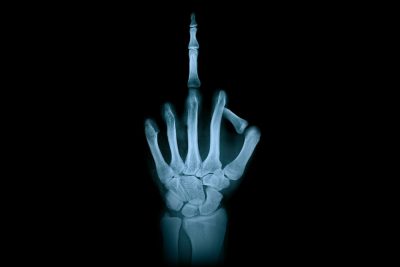The discovery of recent hominin species, particularly Denisovan fingers, in the Philippines can be instrumental in instigating a paradigm shift pertaining to human evolution.
Previously, it was believed that Denisovans’ jaws and teeth had an archaic look, just like australopithecine and Homo erectus. Nevertheless, the Denisovan fingers found show that they are similar to those of humans.
Denisovan fingers were slender
According to Prof. Eva-Maria-Geigl of the University of Paris, the discovery has shown that Denisovan fingers had a gracile characteristic just as those of modern people.
Notably, these findings have changed the perception that Denisovans had fingers like those of Neanderthals characterized by blunt ends and stubby digits.
The team tasked with the research asserted that Denisovan fingers were indifferent from those of present-day human beings. Expressly, this perception is founded on considerable measurements carried out on a piece of finger bone bit.
For authenticity purposes, the initial finger bone located in Denisova Cave got cut into two parts so that distinctive teams could analyze them. Explicitly, one part was scrutinized at Germany’s Max Planck Institute.
Nevertheless, the other bigger part got misplaced, but it was found and taken to the University of California, Berkeley.
Later on, it was availed at Prof Geigl’s lab who carried out significant research with counterparts from the University of Paris, University of Toronto, and the University of Bordeaux.
Denisovan fingers’ genomic analysis
The genomic analysis involved Prof Geigl measuring the finger fragment and taking photos.
The findings derived were instrumental in revealing that the mitochondrial genome found in her lab was similar to that one produced by the genome between 2010 and 2012. It was, therefore, concluded that the missing part was a phalanx, finger bone.
Notably, the discovery of the Denisovans happened in 2010, and this involved a genetic analysis of a small piece of the finger bone. Expressly, it was discovered in Denisova Cave located in the Altai Mountains.
On the other hand, another study has revealed that Tyrannosaurus Rex (T-Rex) is believed to be the dinosaurs’ king based on its gigantic size and other characteristics. Notably, T-Rex was able to maintain its temperature as it had two big holes in its head that helped in air conditioning. Expressly, they were instrumental in heat discharge.







